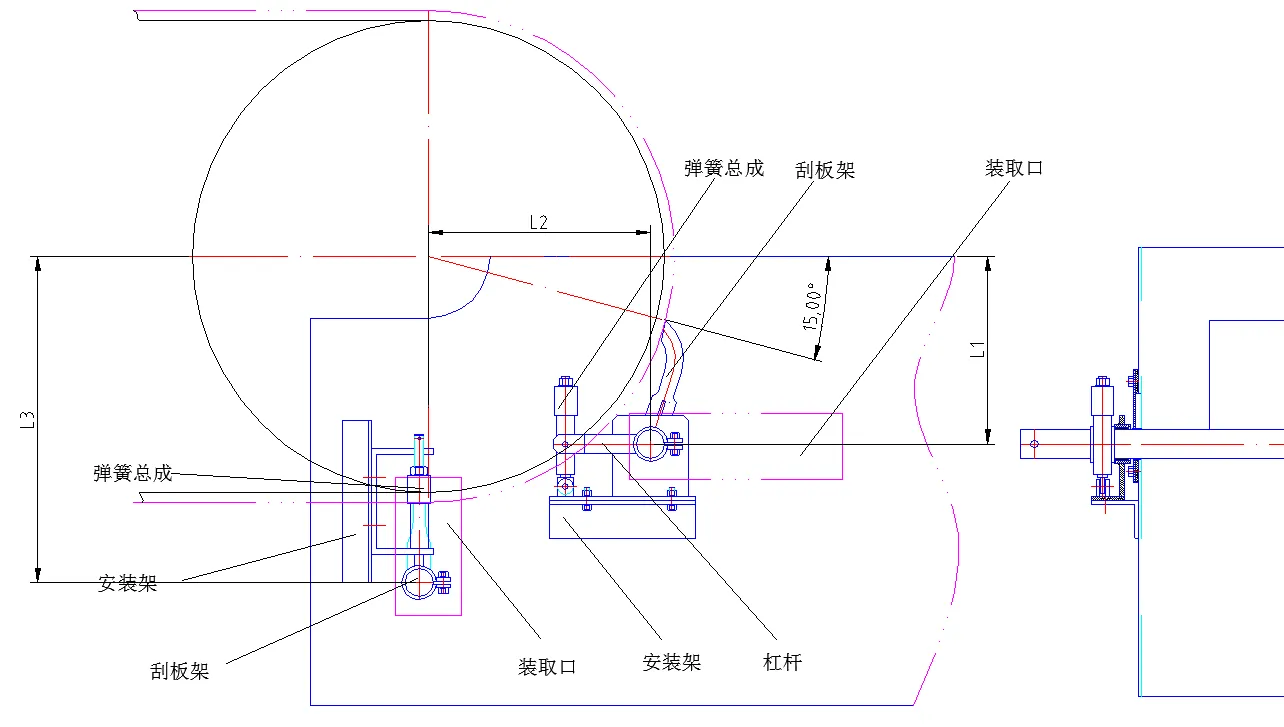 Afrikaans
Afrikaans  Albanian
Albanian  Amharic
Amharic  Arabic
Arabic  Armenian
Armenian  Azerbaijani
Azerbaijani  Basque
Basque  Belarusian
Belarusian  Bengali
Bengali  Bosnian
Bosnian  Bulgarian
Bulgarian  Catalan
Catalan  Cebuano
Cebuano  Corsican
Corsican  Croatian
Croatian  Czech
Czech  Danish
Danish  Dutch
Dutch  English
English  Esperanto
Esperanto  Estonian
Estonian  Finnish
Finnish  French
French  Frisian
Frisian  Galician
Galician  Georgian
Georgian  German
German  Greek
Greek  Gujarati
Gujarati  Haitian Creole
Haitian Creole  hausa
hausa  hawaiian
hawaiian  Hebrew
Hebrew  Hindi
Hindi  Miao
Miao  Hungarian
Hungarian  Icelandic
Icelandic  igbo
igbo  Indonesian
Indonesian  irish
irish  Italian
Italian  Japanese
Japanese  Javanese
Javanese  Kannada
Kannada  kazakh
kazakh  Khmer
Khmer  Rwandese
Rwandese  Korean
Korean  Kurdish
Kurdish  Kyrgyz
Kyrgyz  Lao
Lao  Latin
Latin  Latvian
Latvian  Lithuanian
Lithuanian  Luxembourgish
Luxembourgish  Macedonian
Macedonian  Malgashi
Malgashi  Malay
Malay  Malayalam
Malayalam  Maltese
Maltese  Maori
Maori  Marathi
Marathi  Mongolian
Mongolian  Myanmar
Myanmar  Nepali
Nepali  Norwegian
Norwegian  Norwegian
Norwegian  Occitan
Occitan  Pashto
Pashto  Persian
Persian  Polish
Polish  Portuguese
Portuguese  Punjabi
Punjabi  Romanian
Romanian  Russian
Russian  Samoan
Samoan  Scottish Gaelic
Scottish Gaelic  Serbian
Serbian  Sesotho
Sesotho  Shona
Shona  Sindhi
Sindhi  Sinhala
Sinhala  Slovak
Slovak  Slovenian
Slovenian  Somali
Somali  Spanish
Spanish  Sundanese
Sundanese  Swahili
Swahili  Swedish
Swedish  Tagalog
Tagalog  Tajik
Tajik  Tamil
Tamil  Tatar
Tatar  Telugu
Telugu  Thai
Thai  Turkish
Turkish  Turkmen
Turkmen  Ukrainian
Ukrainian  Urdu
Urdu  Uighur
Uighur  Uzbek
Uzbek  Vietnamese
Vietnamese  Welsh
Welsh  Bantu
Bantu  Yiddish
Yiddish  Yoruba
Yoruba  Zulu
Zulu Guidelines for Selecting and Evaluating Conveyor Pulley Specifications for Optimal Performance
Conveyor Pulley Specification
Conveyor pulleys are vital components in various industrial applications, responsible for the effective operation of conveyor systems. These pulleys facilitate the movement of materials along the conveyor belt, contributing to the efficiency and reliability of the material handling process. Proper specification of conveyor pulleys is essential to ensure optimal performance and longevity, and it involves several key factors including type, size, material, and design.
Types of Conveyor Pulleys
There are several types of conveyor pulleys, each serving a specific function within the conveyor system. The primary types include
1. Drive Pulleys These are powered pulleys that provide the motion needed to drive the conveyor belt. They are typically located at the head section of the conveyor.
2. Idler Pulleys Positioned throughout the conveyor system, idler pulleys support the belt and facilitate its movement. They do not provide power but are crucial for the stability of the conveyor belt.
3. Tail Pulleys These pulleys are found at the conveyor's tail end and help to maintain belt tension while also guiding the belt back to the head.
Size Specifications
The size of the conveyor pulley is determined by several factors, including the belt width, conveyor length, and the type of material being transported. The diameter of the pulley is crucial; larger diameters can help reduce belt wear by minimizing the bending stresses on the belt. Common pulley sizes range from 4 to 36 inches in diameter, with width typically matching or slightly exceeding that of the conveyor belt.
conveyor pulley specification

It is important to note that the selection of pulley size also depends on the specific application and characteristics of the material. For heavier loads, a larger pulley is often utilized to distribute the weight more evenly.
Material Considerations
The materials used in the construction of conveyor pulleys are critical to their performance and durability. Common materials include
- Steel Often used for its strength and durability, it can handle heavy loads and is resistant to wear and tear. - Aluminum Lightweight and corrosion-resistant, aluminum pulleys are ideal for lighter applications or environments with high moisture levels. - Plastic or Composite Materials These are used for certain lightweight applications where corrosion is a concern, but they may not be suitable for heavy-duty applications.
Design Features
The design of conveyor pulleys also impacts their functionality. Key design considerations include
- Lagging The surface of the pulley can be lagged with various materials, such as rubber or ceramic, to enhance traction and protect the pulley from wear. - Shaft Size The shaft must be designed to support the load without bending or breaking, which requires careful consideration of the shaft diameter and material. - Belt Tracking Pulleys must be designed to facilitate proper belt alignment and tracking to prevent uneven wear and potential belt failure.
Conclusion
In conclusion, the specification of conveyor pulleys is a multifaceted process that involves careful consideration of type, size, material, and design. Properly specified pulleys contribute to the efficiency and reliability of conveyor systems, making them essential for various industrial applications. By understanding the key specifications and requirements, engineers and operators can select the right pulleys that enhance the overall performance of their material handling systems. Investing time and resources in selecting high-quality pulleys can lead to improved operational efficiency, reduced maintenance costs, and increased equipment lifespan.
-
Revolutionizing Conveyor Reliability with Advanced Rubber Lagging PulleysNewsJul.22,2025
-
Powering Precision and Durability with Expert Manufacturers of Conveyor ComponentsNewsJul.22,2025
-
Optimizing Conveyor Systems with Advanced Conveyor AccessoriesNewsJul.22,2025
-
Maximize Conveyor Efficiency with Quality Conveyor Idler PulleysNewsJul.22,2025
-
Future-Proof Your Conveyor System with High-Performance Polyurethane RollerNewsJul.22,2025
-
Driving Efficiency Forward with Quality Idlers and RollersNewsJul.22,2025





























